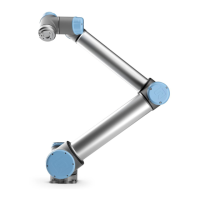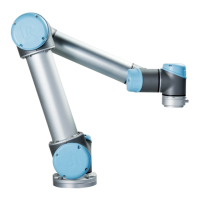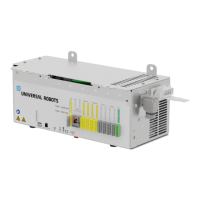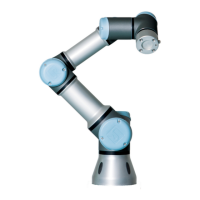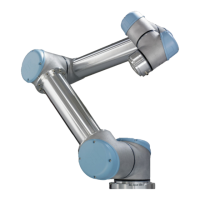4.8. Robot Cyber Security
Description Before implementing cyber security, you must conduct a risk assessment
to:
•
Identify threats
•
Define trust zones and conduits
•
Specify the requirements of each component in the application
Cyber Security Pre-
requisites
Before your system can reach a secure state of operation, ensure the
following:
•
You have a thourough understanding of general cyber security
principles and advanced technologies as used in your Universal
Robots robot.
•
You take physical security measures to allow only trusted personnel
physical access to the robot.
•
You only connect your robot to a trusted network, behind a firewall
restricting both inbound and outbound access to/from the Internet.
Hardening Cyber
Security
Although PolyScope includes many features for keeping the network
connection secure, you can harden security by observing to following
guidelines:
•
Always set an Admin password (see 13.2. Settingson page346)
before connecting your robot to any network.
•
Use the built-in settings to restrict the network access to the robot as
much as possible.
•
Some communication interfaces have no method of authenticating
connections made. In some applications this is a security liability.
•
Use local port forwarding (see 13.2. Settingson page346) to setup
an authenticated and secure connection, if you require remote
access to the motion controlling interfaces of the robot. For
example:the Dashboard Server and the
Primary/Secondary/Realtime Client Interfaces.
•
Remove sensitive data from the robot before it is decommissioned.
Pay particular attention to the URCaps (see 7.10. URCapson
page271) and data in the program folder.
UR16e 126 User Manual
Copyright © 2009–2024 by UniversalRobotsA/S. All rights reserved.

